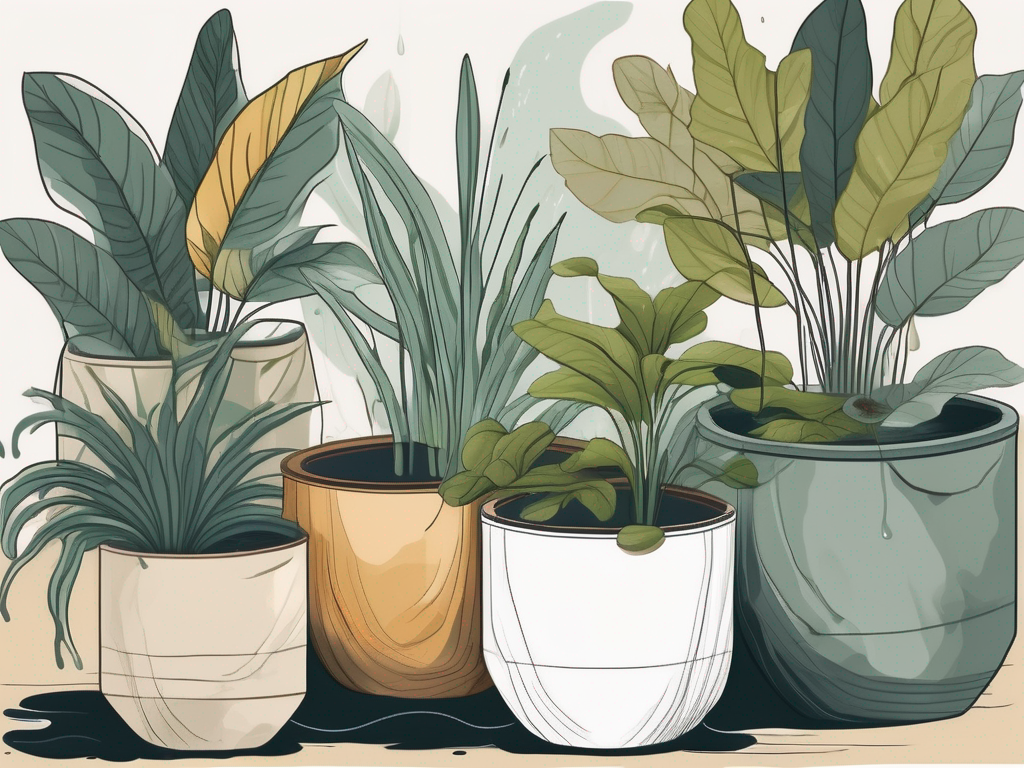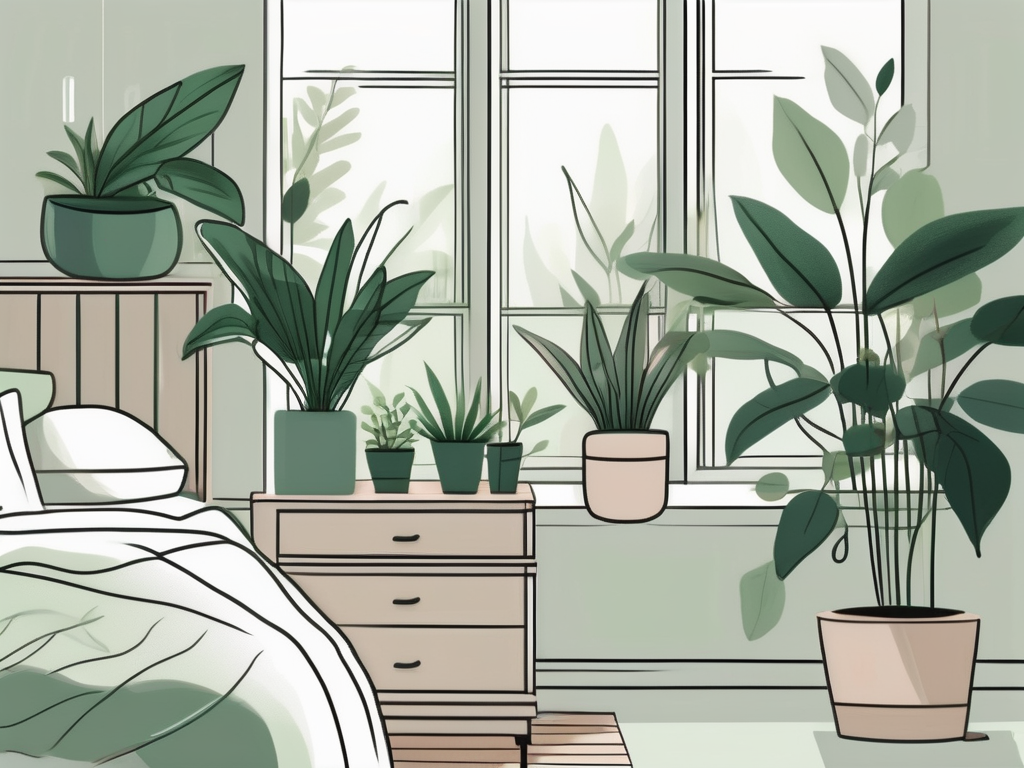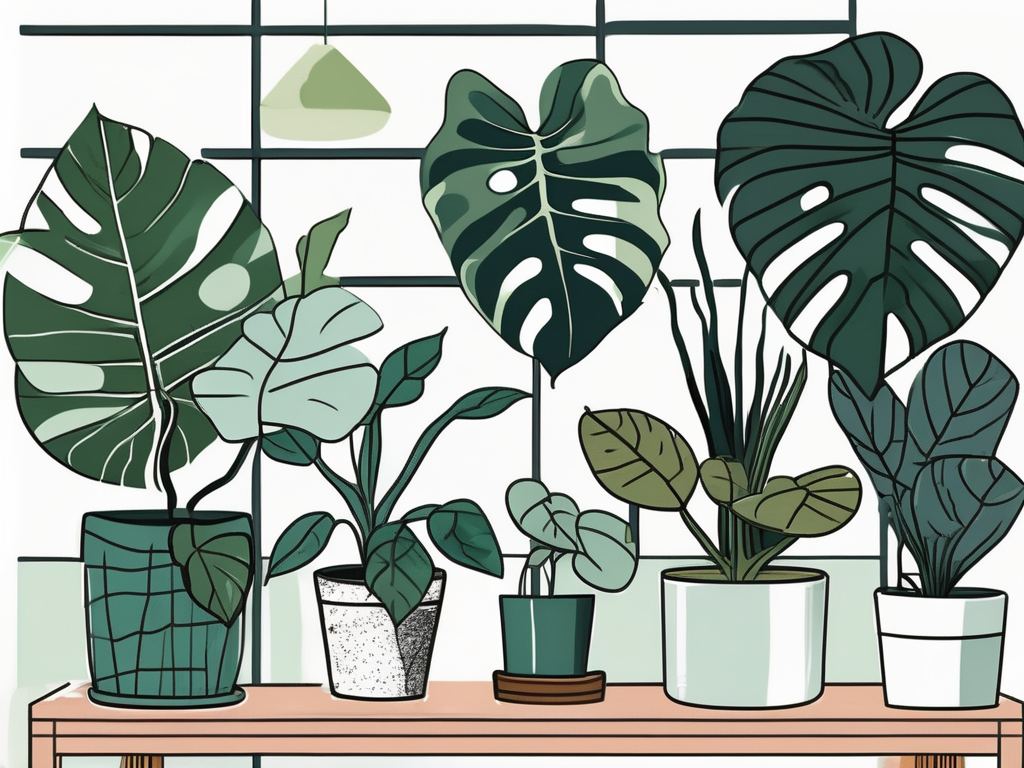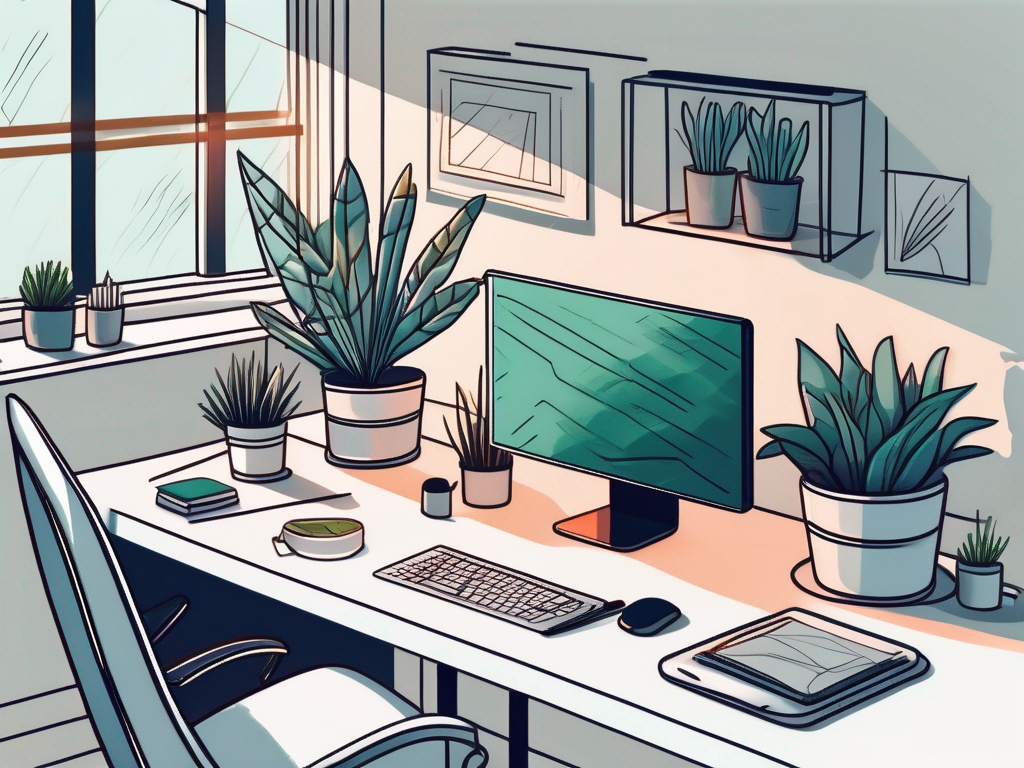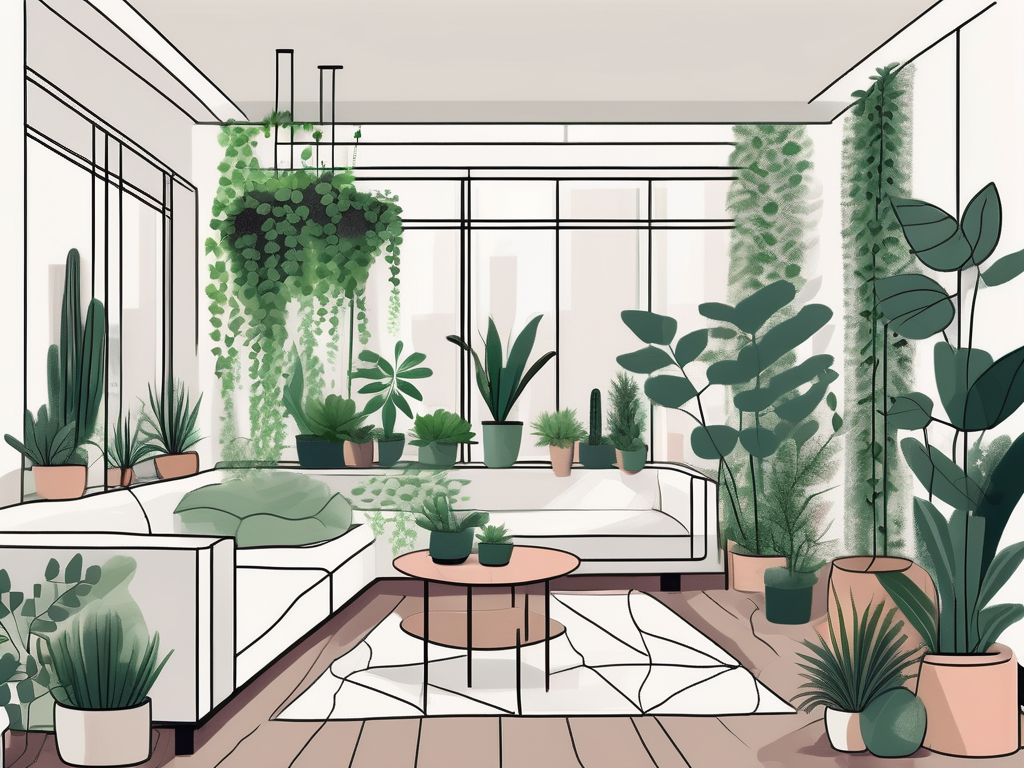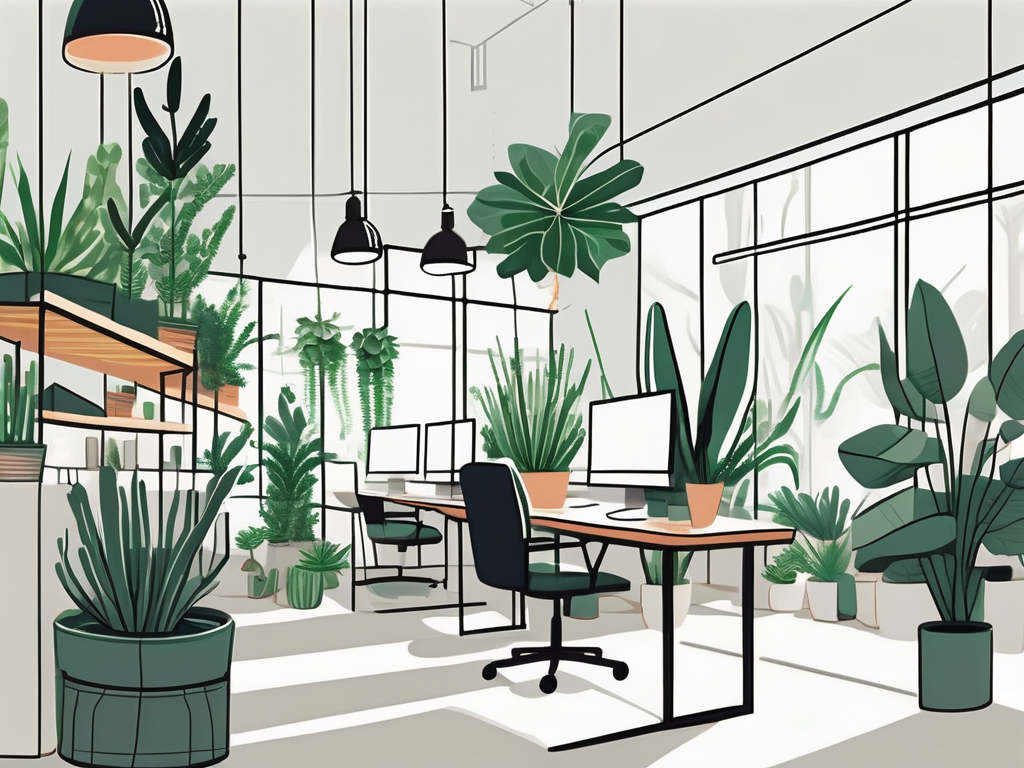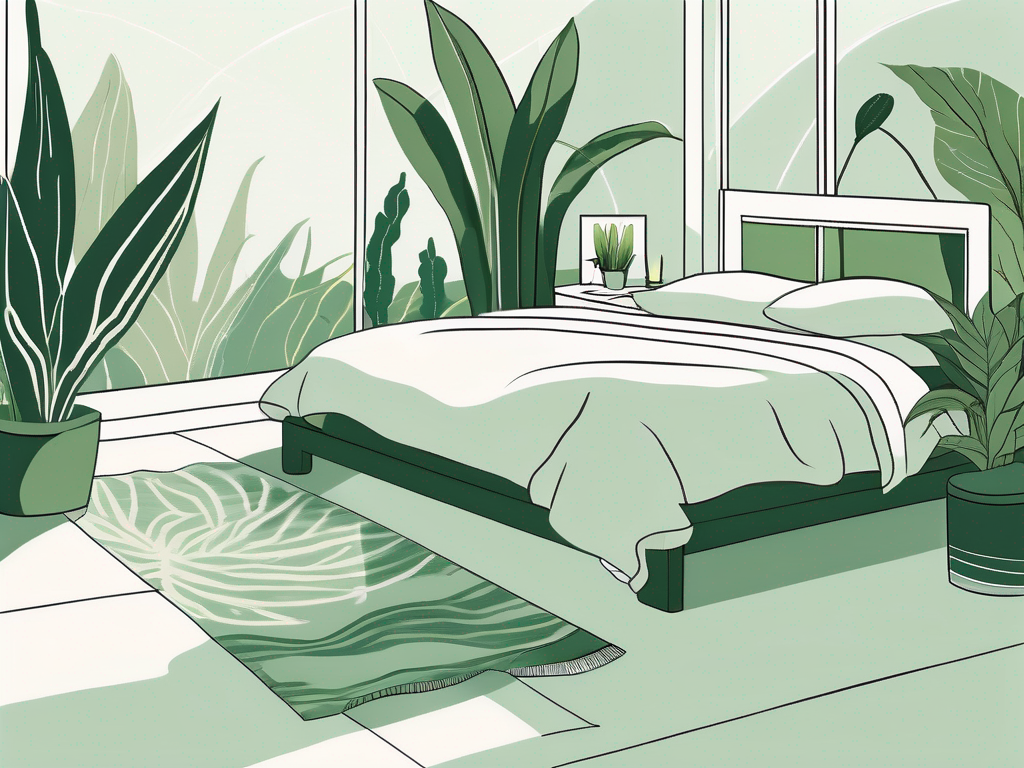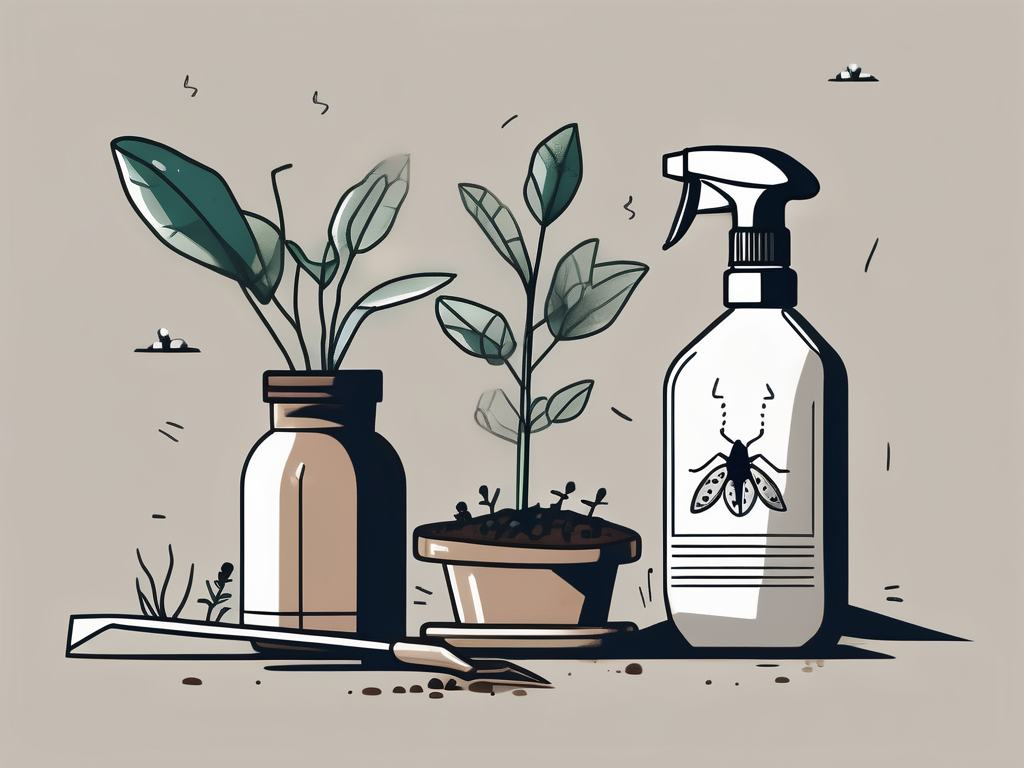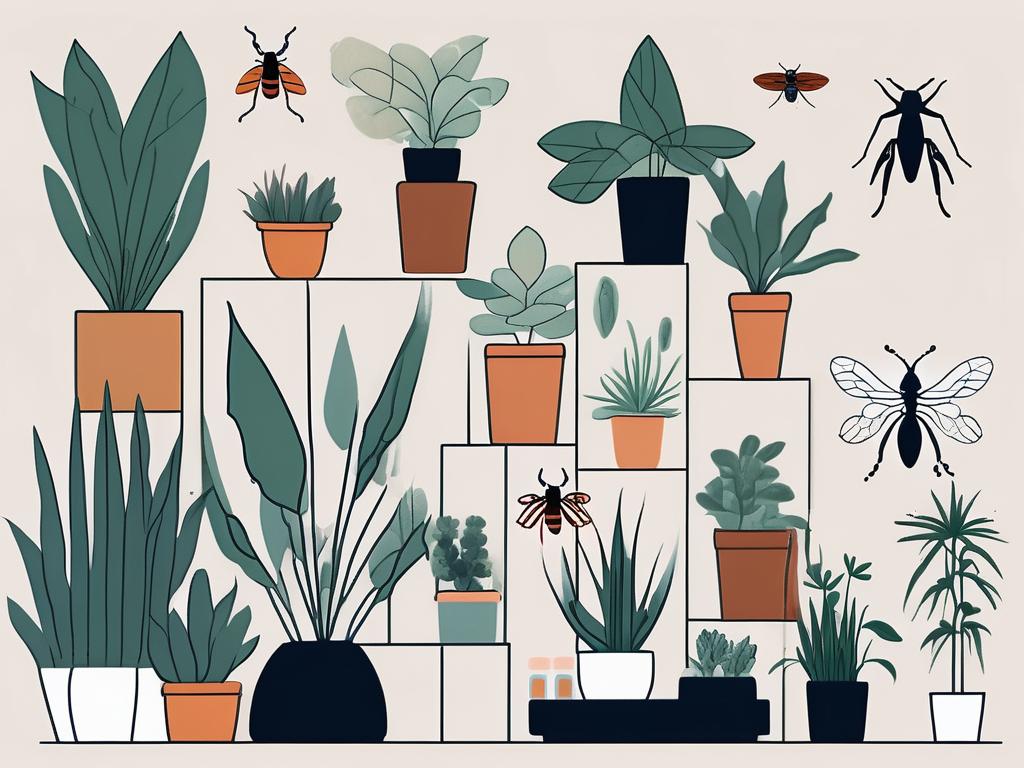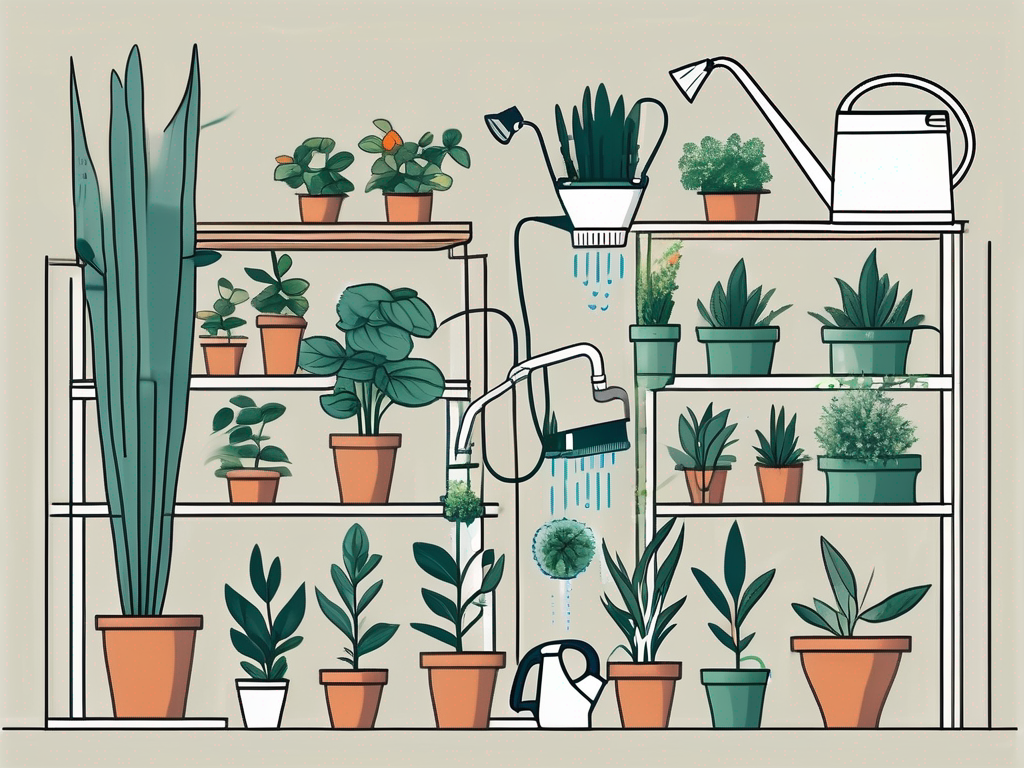
Watering plants can seem straightforward at first glance, but anyone who's ever tried to keep a plant alive knows it's a bit more nuanced than simply giving them a drink whenever you remember. Achieving the right balance in watering can make all the difference between a thriving, lush plant and one that's struggling to survive.
In this guide, we'll break down the ins and outs of watering your plants. From understanding how much water your plant needs to learning about different watering techniques, you'll gain the knowledge needed to keep your green friends happy and healthy.
Understanding Your Plant's Watering Needs
Every plant is unique, and so are its watering needs. A cactus, for instance, can go weeks without water, while a fern might need a drink every few days. The key is to understand your specific plant's requirements. So, where do you start?
First, consider the plant's natural habitat. Is it native to a dry desert or a tropical rainforest? This can give you a clue about how much water it might need. Plants from arid regions generally require less frequent watering, while those from humid environments typically need more.
Another factor is the plant's growth stage. Young plants or those in a growth spurt will often need more water than mature plants. Additionally, take note of the season. Plants tend to need more water during their growing season in spring and summer and less during their dormant phase in fall and winter.
Here's a quick checklist to help determine your plant's watering needs:
- Research your plant's natural habitat and typical watering needs.
- Observe the plant's growth phase.
- Consider the current season and adjust accordingly.
Signs Your Plant Needs Water
Even with the best intentions, it's easy to misjudge when a plant needs watering. Fortunately, plants often show signs when they're thirsty. Here are some indicators to watch out for:
Wilting: If your plant's leaves are drooping, it might be a sign that it needs water. However, be cautious—overwatered plants can also wilt, so check the soil before assuming it's a lack of water.
Dry Soil: One of the more straightforward methods is to check the soil. Stick your finger about an inch into the soil. If it feels dry, it's likely time to water.
Slow Growth: If your plant's growth has stalled, it might be a sign that it's not getting enough water. This is often accompanied by brown leaf tips.
On the flip side, be aware of signs of overwatering, such as yellowing leaves, mold on the soil surface, or a plant that remains wilting despite being watered. When in doubt, it's often better to err on the side of underwatering, as most plants recover from a little drought more easily than from root rot caused by overwatering.
How to Properly Water Your Plants
Once you've figured out how much water your plant needs, it's time to get into the actual process of watering. While it might seem like a simple task, there are some best practices to ensure your plant gets the most benefit:
Water Evenly: Make sure you water the entire root ball evenly. This helps in encouraging root growth in all directions, rather than just where the water is being poured.
Use Room Temperature Water: Plants prefer water that's neither too hot nor too cold. Extremes in temperature can shock the plant and cause stress.
Water Until It Drains: A good rule of thumb is to water until you see it draining out of the bottom of the pot. This ensures that the entire root system is saturated. However, don't let the plant sit in standing water, as this can lead to root rot.
Consider using a watering can with a narrow spout for more control, especially with smaller pots. Alternatively, bottom watering can be a great method for some plants, where you place the pot in a tray of water and let it soak up what it needs from the bottom.
Different Watering Methods
There are several ways to water your plants, and choosing the right method can depend on the type of plant, the potting situation, and your preference. Here are a few popular methods:
Top Watering
This is the most common method. Simply pour water onto the soil surface and let it seep down to the roots. It's a good choice for most plants, especially if you're careful to ensure even coverage.
Bottom Watering
With bottom watering, you place the pot in a shallow container of water and let the soil wick up the moisture from the bottom. This method is particularly useful for plants that are sensitive to overwatering, as it allows the plant to take up only what it needs.
Self-Watering Pots
These pots have a reservoir at the bottom that allows the plant to absorb water as needed. They're a great option for busy plant parents or those who travel often, as they can help regulate the plant's access to water over time.
Experiment with different methods to see what works best for you and your plants. Each method has its pros and cons, and sometimes a combination of methods can be the most effective.
Common Watering Mistakes and How to Avoid Them
Even seasoned plant lovers can make watering mistakes. Here are some common pitfalls and tips to help you avoid them:
Overwatering
Perhaps the most common mistake is overwatering. Overconfidence in your plant's thirst can lead to root rot. Always check the soil moisture level before watering again.
Underwatering
On the other hand, some plant parents are too cautious and underwater their plants. Regularly check the soil and pay attention to any signs of stress from your plants.
Watering on a Schedule
While having a routine can be helpful, sticking to a rigid schedule can lead to problems. Instead, adapt your watering based on the plant's needs and environmental factors such as humidity and light exposure.
By avoiding these common mistakes, you can ensure your plants get the water they need without the risk of over or under-watering.
Using the Right Pot and Soil
The type of pot and soil you use can significantly impact your plant's watering needs. Here's what to consider:
Pots
Choose pots with drainage holes to prevent water from pooling at the bottom. Materials matter too—terracotta pots are porous and can help prevent overwatering, while plastic pots retain moisture longer.
Soil
Use the right type of soil for your plant. Cacti and succulents prefer a fast-draining mix, whereas tropical plants thrive in a more moisture-retentive blend. You might need to adjust your watering technique based on the soil type to ensure proper moisture levels.
By selecting the right pot and soil, you'll create an environment that supports your plant's natural watering needs.
Water Quality Matters
The type of water you use can also affect your plants. Here's what you need to know:
Tap Water
While generally safe, tap water can contain chemicals like chlorine and fluoride, which might not be ideal for all plants. If you notice leaf tips browning, it might be worth switching to filtered or rainwater.
Rainwater
Rainwater is often considered the gold standard for plants. It's naturally soft and free from added chemicals. Collecting rainwater is a simple way to provide your plants with high-quality hydration.
Consider testing your water if you're having persistent issues with your plants. Sometimes, simply switching the water source can make a noticeable difference in plant health.
Adjusting Watering for Indoor and Outdoor Plants
The location of your plants, whether indoors or outdoors, can influence how often and how much you need to water them. Here's how to adjust your watering practices based on location:
Indoor Plants
Indoor plants may need less frequent watering due to the controlled environment. However, if your home tends to be dry, you might need to increase humidity or water slightly more often.
Outdoor Plants
Outdoor plants are exposed to weather elements like rain and wind, which can dry out soil faster. Keep an eye on the weather forecast and adjust your watering schedule accordingly. During hot spells, outdoor plants may require daily watering, while during rainy periods, you might be able to skip it altogether.
Taking into account the plant's location helps tailor your watering practices to the specific needs of your indoor and outdoor gardens.
Smart Watering Tools and Technology
Technology has made leaps and bounds in helping plant parents care for their green friends. Here are some smart tools that can aid in watering:
Moisture Meters
These handy gadgets can be inserted into the soil to give you a reading of the moisture level. It's a great way to take the guesswork out of watering.
Self-Watering Systems
Automated watering systems can be a lifesaver, especially for those with large plant collections or busy schedules. These systems can be set up to water your plants at specific intervals, ensuring they get consistent care.
By incorporating technology, you can streamline your watering routine and keep your plants thriving with minimal effort.
Final Thoughts
Watering plants might seem like a small task, but it plays a huge role in keeping your plants healthy and happy. By understanding your plant's unique needs, using proper techniques, and avoiding common pitfalls, you can master the art of watering.
At Cafe Planta, we love helping plant people create beautiful, thriving plant collections. If you have any questions about caring for your plants, feel free to email us or send a message on Instagram. Whether you're a seasoned plant parent or just starting out, we're excited to share our love of plants with you!

